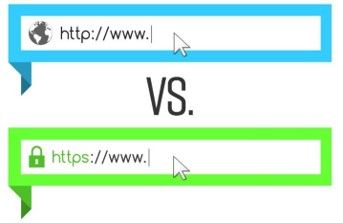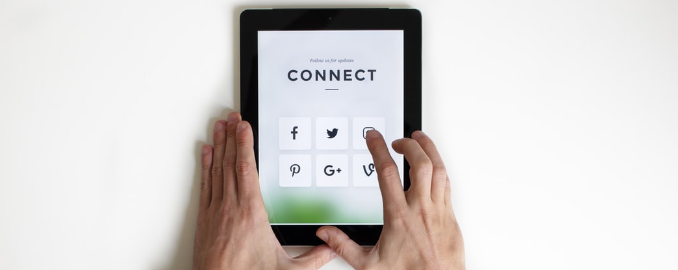
This logo isn't an ad or affiliate link. It's an organization that shares in our mission, and empowered the authors to share their insights in Byte form.
Rumie vets Bytes for compliance with our
Standards.
The organization is responsible for the completeness and reliability of the content.
Learn more
about how Rumie works with partners.

The internet has given us the opportunity to connect and share with people across the globe. But with this comes the responsibility. Because on the Internet, data has high value.
Data can be stolen, sold, collected, and analyzed.
There are 2 facets to online privacy.
Who you are: your personally identifiable information (PII), name, date of birth, address, Social Security number, phone numbers and more.
What you do: the searches you perform, the websites you visit, the articles you read, even what you buy online.
Did you know?
Why is it Important to You?
Companies usually post their privacy agreements online. But they can be quite long and confusing to the general public.
Privacy settings give you some control over how organizations handle your personal information online. That said, it's important to be cautious and to keep privacy top of mind, even when using strict privacy settings.

Quiz
What personal information do websites and apps have the ability to collect about you?
Websites often use “cookies” – small files of text that can collect and store information like the Internet Protocol (IP) address of your computer, the software you have installed on your computer, or even your preferences for viewing that particular site. Some cookies even store a history of the pages and items you have taken a look at.
Mobile Devices and Privacy
How you access privacy settings depends on what type of device you have.
IOS
Open the Settings app on your iPhone and look for the option labeled Privacy; select it.
You should then see a list of the features and information on your phone that apps must ask your permission to access.
Android
Access the Settings app on your Android device to manage your Security and Privacy settings.
Websites HTTPS vs. HTTP

HTTP URL in your browser's address bar is http:// and the HTTPS URL is https://.
HTTP is unsecured while HTTPS is secured.
Never provide personal data or payment information on a website that starts with HTTP.
Social Media
Online platforms like Facebook, Instagram, and Google have privacy settings that allow you to control how much of your information can be viewed by others.
Change the default privacy settings before you post on these sites. Review and set your preferences so that information is shared only with those you intend to share it with.
Turn off or limit your location tracking and ensure pictures do not have location data attached to the image
If it is an option, choose a setting to make your profile “invisible”. This prevents search engines from linking to your account details.
Some social media platforms, such as LinkedIn, use your name and photo in the ads you see in order to personalize it. If you don’t want personalized ads, use the settings to turn off “profile data for ad personalization”.

Take Action
Check the privacy settings on your favourite web platform now.
Who can view your posts and account information?
If it's more public than you're comfortable with, adjust the privacy settings to protect your personal data.
This Byte has been authored by
Basak Uner Koc
Information Security Specialist, mother of a 7 a year old daughter, animal and nature lover, likes jazz music and yoga
David Antonucci
Git'er done!!